Choosing diamond glass drills
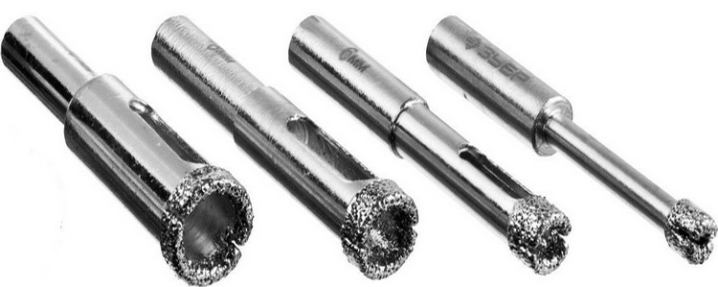
Glass is a fragile material, so processing is often difficult. Making holes in wood and metal workpieces is an easier task. When drilling glass, the risk of glass breakage increases, the surface of the material heats up and vibrates. To form holes in glass blanks, special types of diamond-coated drills are used.
Peculiarities
Diamond glass drills are specially designed for work on delicate surfaces. The holes in the glass are made using a special scraping technique.
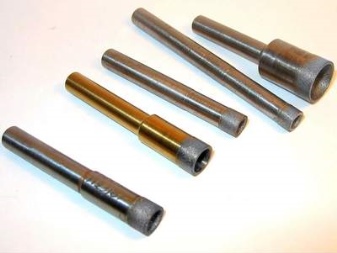

A distinctive feature of glass drills lies in the smooth tip for accurate and fast drilling. When using such tools, fragile surfaces are not destroyed.
But in order to achieve the highest quality drilling, you need to choose the right drilling tool, study the features of the varieties on sale.
Species overview
Cylindrical diamond-coated drills are in greatest demand. They are fitted with a diamond insert at one end or are appropriately electroplated. Tools of this type are ideal for working with glass blanks, they have an increased working life.


Manufacturers offer drills of different diameters. For glass, the smallest is considered to be the smallest - 1 mm, but models for creating larger holes are also on sale.
Diamond drilling devices can be used to work not only with glass, but also with other fragile materials, including tiles, porcelain, ceramics.
Drills differ in type, size and quality of processing. Diamond models are characterized by excellent performance.
Buyers are offered several varieties of such devices.
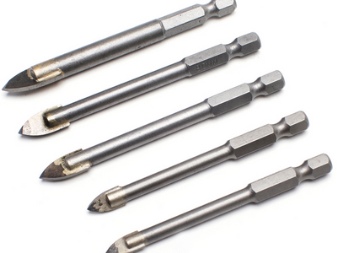
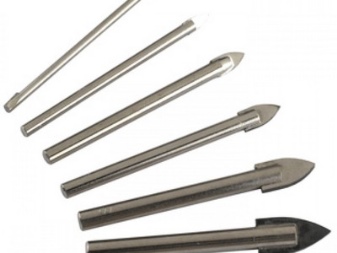
The most budgetary option is a feather - it is also called a spear. For the manufacture of such tools, carbide is also used. Their diameter is 3-13 mm.
Diamond coated drills with a spear-like tip guarantee precise drilling.
Tools of a tubular or round configuration have a small diameter.
Large-sized devices are also on sale, they are used only with cooling.

Selection Tips
Since glass is a capricious material, a drill must be chosen very carefully to work with it. Attention should be focused on the following parameters:
- diameter;
- length;
- manufacturing method.
The size of the holes created directly depends on the diameter of the tool, and their depth depends on the length.
There are 3 methods for the production of diamond drills, the manufacturing technology affects the quality.
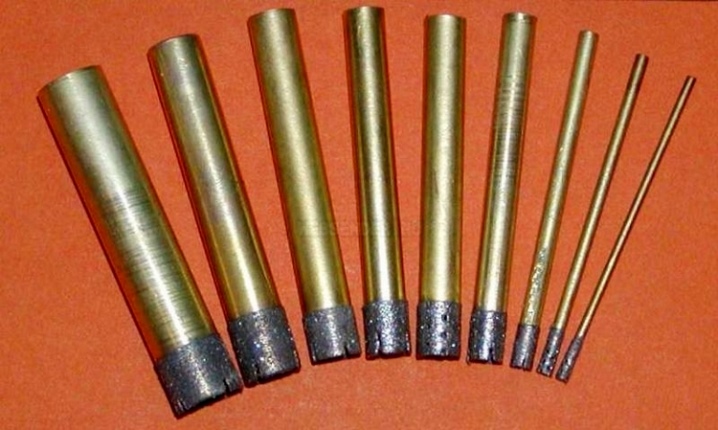
The electroplating method is used to manufacture the thinnest elements. This is the most affordable production technology, therefore it is used most often.
The powder metallurgy technique makes it possible to produce more reliable tools. Their advantages are long service life and stable performance. But such instruments are more expensive than analogs made by an electroplating method.

The most modern is the vacuum production technique, which makes it possible to make drills with high abrasive properties. These tools are the easiest to work with and are affordable.
The quality of the drilling attachments can be determined by their appearance. On expensive copies, information about the alloy and other characteristics (diameter, length) are prescribed. On cheap instruments, information of this nature may not be available at all.

Drills often differ in color - the finish affects the color.
- A gray tint indicates that there was no specific treatment.
- Black - indicates that the drill was processed with highly heated steam to maximize metal hardening.
- The rich golden color is obtained by surface treatment with titanium nitride. It gives the tools excellent strength characteristics.
The correct choice of drill will ensure quality work with glass.
For more information about diamond drills, see the video below.













The comment was sent successfully.